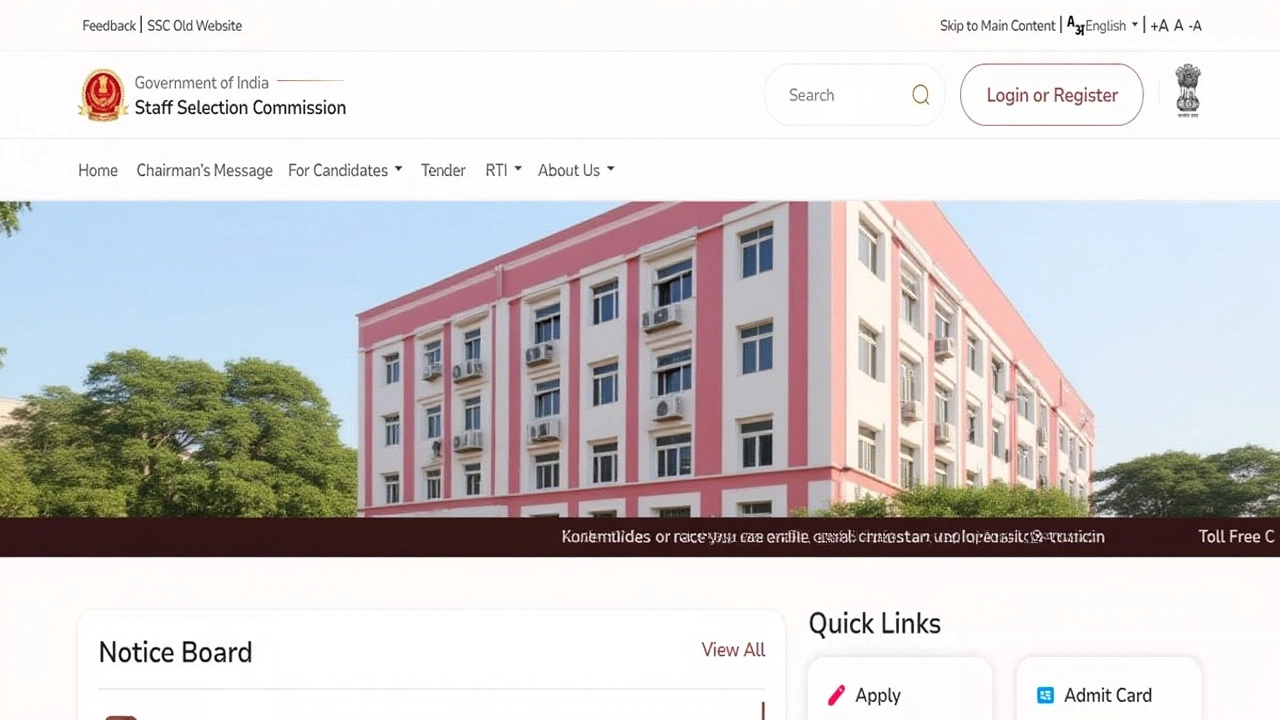Exam Cancellations – How They Affect Students and Schools
When you hear about exam cancellations, the sudden stop or postponement of scheduled tests by an education authority or government. It’s also called test suspensions. Education policy, the set of rules that guide how schools run exams often decides when a cancellation is needed. At the same time, student rights, the legal protections for learners during unexpected changes shape what schools must offer after a cancellation. Finally, government orders, official directives that can force schools to delay or cancel exams are the top driver in many cases. Understanding these three entities helps you see why exam cancellations happen and what follows.
Why Exams Get Called off
Exam cancellations encompass a range of triggers. Natural disasters, public health emergencies, or sudden political events often force authorities to rewrite the exam calendar. For instance, a pandemic can shut down campuses, prompting a government order to pause all in‑person assessments. When that happens, education policy steps in to outline alternative formats, like online proctoring or open‑book tests. The policy also sets timelines for rescheduling, ensuring students don’t lose a year of progress. In each scenario, student rights require clear communication – schools must tell learners how the change affects grading, promotions, and scholarships.
Another common cause is logistical failure. If a test center loses power or there’s a strike by exam staff, the exam board may issue a cancellation to protect fairness. Here, education policy defines the minimum standards for a valid test environment. When those standards break, the policy nudges administrators to either fix the issue quickly or cancel and restart later. Student rights come into play again, because learners expect a fair chance to demonstrate knowledge, not a half‑baked exam experience.
Financial constraints also matter. Some regions face budget cuts that limit the ability to print papers or hire invigilators. A government order can then redirect funds toward essential services, leaving the exam schedule in limbo. In response, education policy may allow schools to combine multiple subjects into a single assessment, reducing costs while still meeting curriculum goals. Throughout, students retain the right to appeal decisions, a safeguard built into most right‑based frameworks.
Technology upgrades can prompt cancellations too. When a new digital platform rolls out, schools might pause exams to train staff and test the system. The policy outlines the rollout plan, while government orders may mandate a specific timeline for compliance. During this transition, student rights ensure that no learner is penalized for technical glitches beyond their control.
All these triggers share a common thread: they require coordination between education policy, government orders, and student rights. That coordination creates a semantic triple – "Exam cancellations require clear communication from education authorities," "Government orders influence exam schedules," and "Student rights demand fair treatment after a cancellation." These links explain why any single cancellation is rarely an isolated event; it’s part of a bigger ecosystem.
For students navigating a sudden cancellation, the first step is to check official notices. Look for the government order number or the policy amendment that triggered the change. Those documents usually list next steps, such as new exam dates, alternative assessment methods, or compensation for lost fees. Knowing the exact source helps you verify the information and plan accordingly.
Educators, on the other hand, should reference the relevant education policy sections when redesigning assessments. That ensures the new format meets legal standards and keeps student rights intact. Schools also benefit from keeping a log of all communications – it protects them if a dispute arises later.
In short, exam cancellations are more than a headline; they sit at the intersection of policy, law, and logistics. Below you’ll find a collection of posts that dive deeper into specific cases, offer practical tips for students, and explain how administrators can manage the process smoothly.
SSC CGL Tier‑1 Exam 2025 Re‑Exam Set for Oct 14 After 25 Shift Cancellations
Posted by Aarav Khatri on Oct, 16 2025

SSC cancels 25 shifts of the CGL Tier-1 exam due to glitches; re-exam set for Oct 14 with new admit cards, affecting thousands of aspirants.